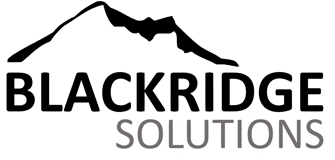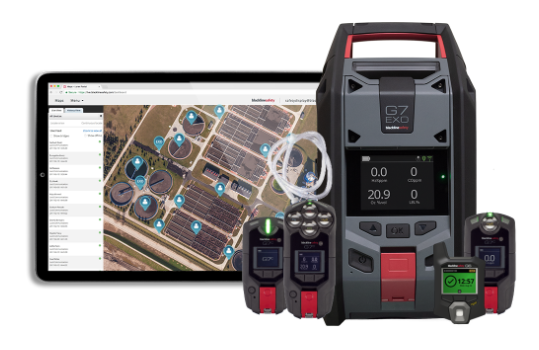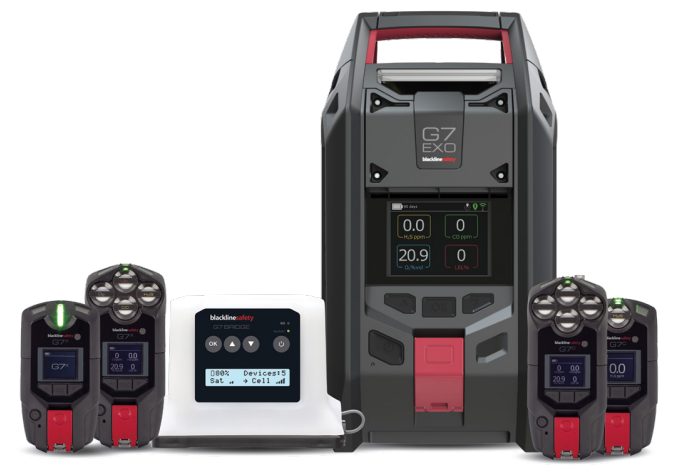Gas detection technology helps us identify and address potential dangers before they become serious threats. It allows us to monitor the environment in real-time, providing instant alerts if hazardous gases are detected. This immediate response capacity is essential for preventing accidents and reducing the likelihood of injuries. Our commitment to using the best technology available makes a significant difference in maintaining a safe working environment.
The oil and gas sector is known for its rigorous work conditions and high stakes. By integrating advanced gas detection systems into our operations, we can better protect our team, decrease downtime caused by safety incidents, and boost overall productivity. This focus on safety ensures that we meet regulatory requirements and fosters a culture of care and diligence among our employees.
Understanding the Dangers: Why Gas Detection is Crucial in Oil & Gas
The oil and gas industry exposes workers to a variety of hazardous gases, including methane, hydrogen sulfide, and volatile organic compounds. These gases can cause serious health problems, from respiratory issues to long-term diseases. In some cases, high concentrations of these gases can be fatal, making it critical to detect them early and accurately.
In addition to health risks, hazardous gases can also lead to dangerous explosions or fires if not managed properly. Methane, for example, is highly flammable and can cause devastating accidents if it accumulates. By using advanced gas detection technology, we can identify leaks and prevent these incidents before they escalate. This proactive approach keeps our workers safe and ensures the smooth operation of our facilities.
Key Features of Advanced Gas Detection Technology for Oil & Gas Workers
Our advanced gas detection systems are equipped with features that make them essential for worker safety. Here are some of the key capabilities:
1. Real-Time Monitoring: These devices continuously monitor the environment for hazardous gases. They provide instant updates, allowing us to respond quickly to any issues that arise.
2. Accurate Detection: The technology we use ensures precise detection of even the smallest gas leaks. This accuracy is vital for preventing health risks and accidents.
3. Immediate Alerts: If dangerous gas levels are detected, the system sends immediate alerts to our safety team. This quick response time is crucial for protecting workers in potentially hazardous situations.
4. Durable Design: Our devices are built to withstand harsh conditions in the oil and gas industry. They are robust and reliable, ensuring consistent performance over time.
5. Easy Integration: Advanced gas detection systems can be easily integrated into existing safety protocols. This compatibility allows for seamless operation and enhanced overall safety.
With these features, we can effectively monitor and manage gas levels in our operations, significantly enhancing the safety of our workers in the oil and gas sector.
Benefits of Implementing Gas Detection Devices in Oil & Gas Operations
Implementing gas detection devices in our oil and gas operations provides numerous benefits, significantly enhancing our safety measures. One of the primary advantages is the ability to prevent accidents before they occur. By continuously monitoring gas levels, we can detect leaks early and address them promptly, reducing the risk of explosions, fires, and toxic exposure. This proactive approach not only protects our workers but also minimizes downtime and operational disruptions, which can be costly for our business.
Additionally, advanced gas detection devices improve compliance with safety regulations. Regulatory bodies require us to adhere to strict safety standards, and our gas detection systems help ensure that we meet these requirements. By maintaining a high level of safety compliance, we avoid potential fines and legal issues. Moreover, displaying a strong commitment to safety enhances our reputation in the industry, attracting potential partners and clients who prioritize worker well-being.
Steps to Integrating High-Tech Gas Detection Systems in Oil & Gas Facilities
Integrating high-tech gas detection systems into our oil and gas facilities involves several crucial steps to ensure effective implementation. First, we conduct a thorough assessment of our existing safety protocols and identify areas where gas detection technology is needed. This helps us determine the specific requirements for our operations and tailor the integration process accordingly.
Next, we select the appropriate gas detection devices based on our assessment. We choose equipment that offers real-time monitoring, accurate detection, and immediate alerts, ensuring comprehensive coverage of our operations. Once the devices are selected, we strategically place them in locations where gas leaks are most likely to occur, such as near pipelines, storage tanks, and processing units.
Training our staff is another essential step in the integration process. We provide comprehensive training sessions to ensure that our workers are familiar with the new technology and understand how to respond to alerts. Regular drills and practice scenarios help reinforce their knowledge and preparedness.
Finally, we continuously monitor the performance of our gas detection systems and make adjustments as needed. Regular maintenance and calibration ensure that the devices remain accurate and reliable over time. We also encourage feedback from our employees to identify any areas for improvement and enhance our overall safety protocols.
Final Thoughts
By integrating advanced gas detection technology into our oil and gas operations, we significantly enhance the safety and well-being of our workers. The proactive approach to monitoring and managing hazardous gases prevents accidents, reduces health risks, and ensures compliance with safety regulations. Through continuous assessment, strategic placement, and comprehensive training, we create a safer working environment that protects our team and maintains operational efficiency.
For those looking to improve safety in their oil and gas operations, investing in high-tech gas detection systems is a critical step. By choosing BLACKRIDGE Solutions, you are opting for top-tier technology and a commitment to excellence in worker safety. Contact us today at (778) 686-5799 or [email protected] to learn more about how our advanced gas detection solutions can benefit your operations.






 RSS Feed
RSS Feed